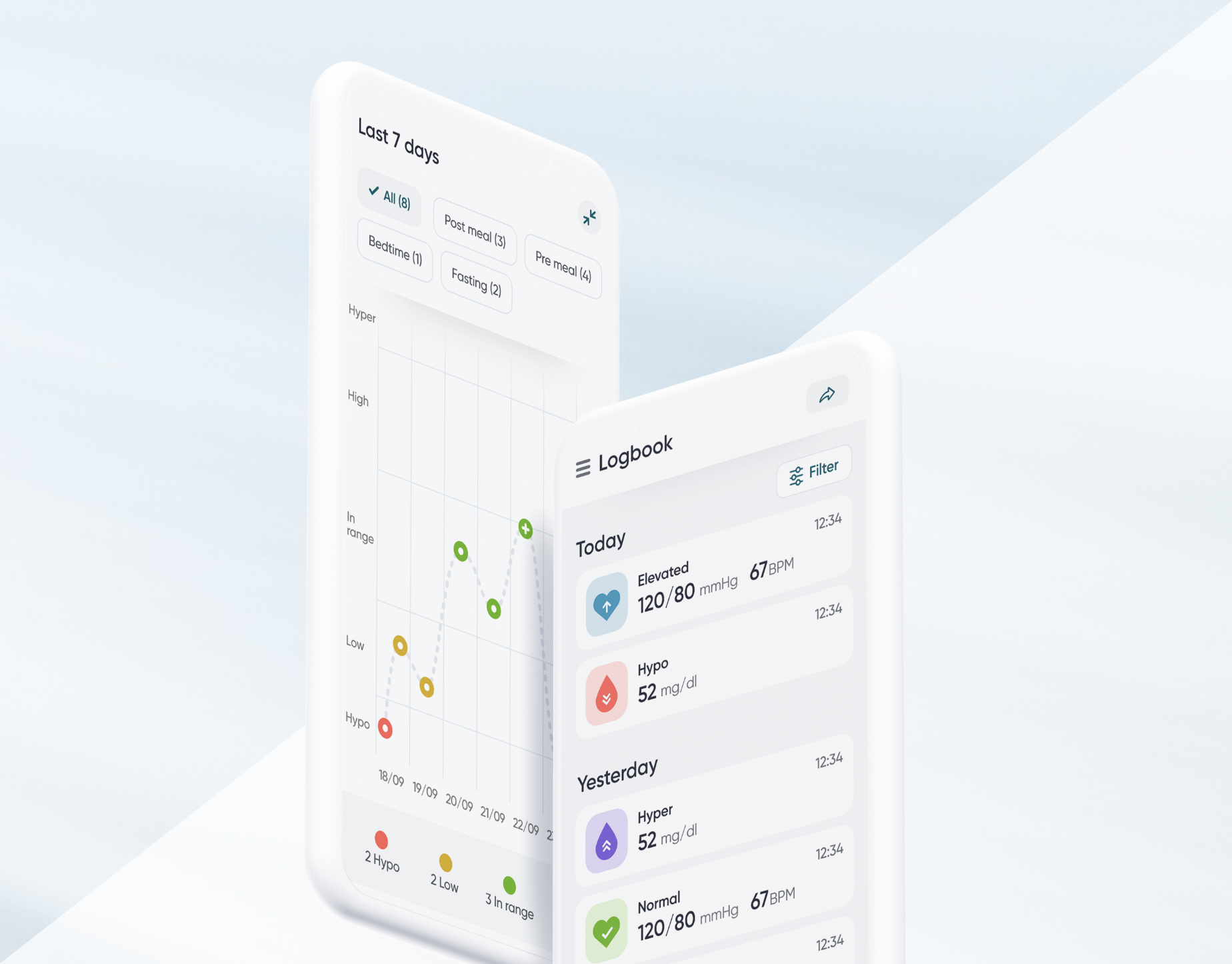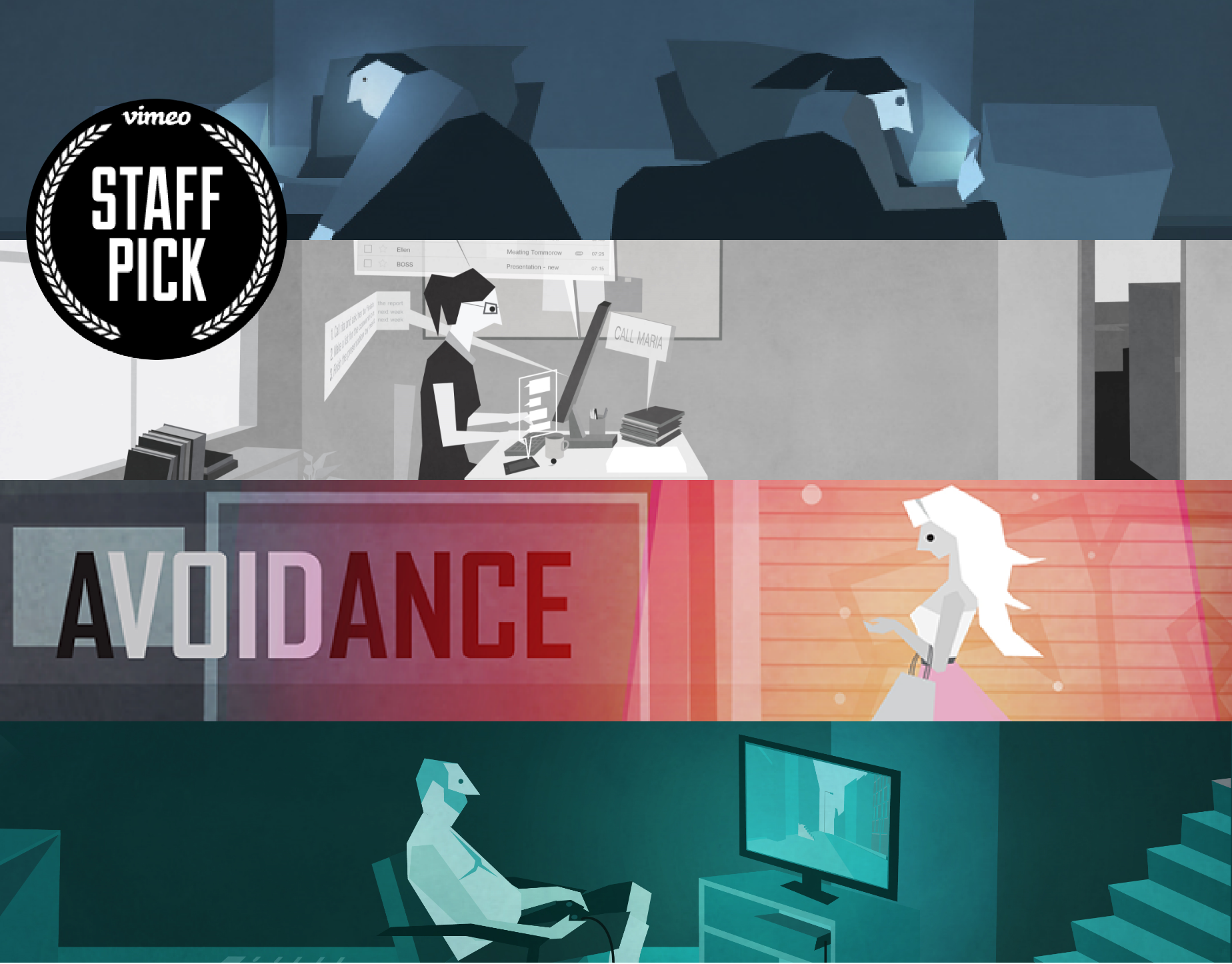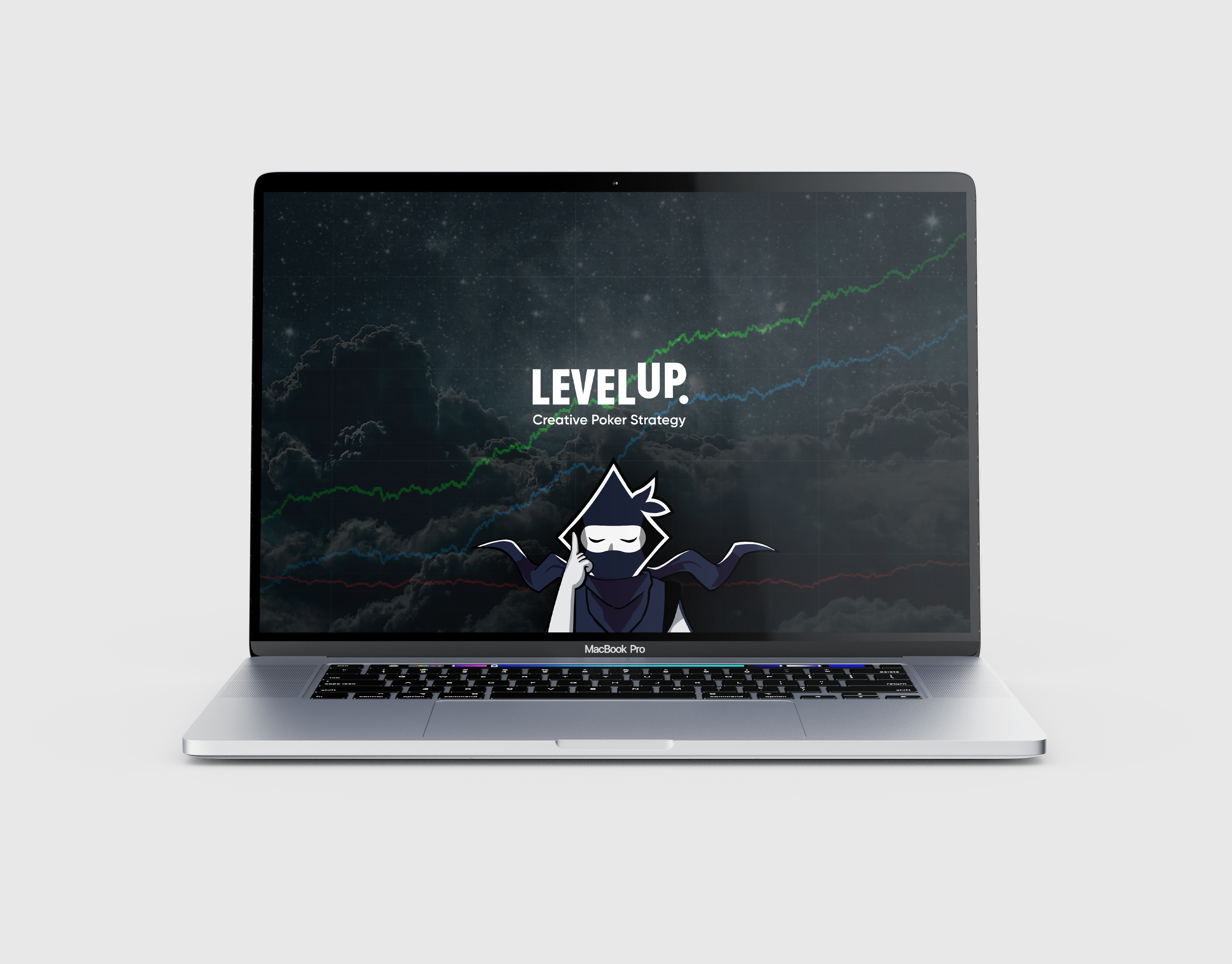ZoomInfo Lite is a B2B data-driven prospecting software.
This case study shows some of the initiatives I worked on as a product designer for ZoomInfo Lite.
This case study shows some of the initiatives I worked on as a product designer for ZoomInfo Lite.
Main Goal
Shortening time to value to improve adoption and retention rates.
Challenges
Sign-up process - 39.07% of users did not complete the long 2-factor identification sign-up with email process.
Usability challenges - Users encountered challenges with filtering functions, with some struggling to understand the platform's prospecting capabilities.
No onboarding process - At that time, new users received no in-app guidance on how to start using the app. Only ~60% of users performed basic actions (found to be positively correlated with retention) during their first day.
Usability challenges - Users encountered challenges with filtering functions, with some struggling to understand the platform's prospecting capabilities.
No onboarding process - At that time, new users received no in-app guidance on how to start using the app. Only ~60% of users performed basic actions (found to be positively correlated with retention) during their first day.
Shortening the Sign-up flow
The sign-up process was a long, 10 steps, 2-factor authentication flow that had a few unnecessary friction points.
On a mission to make it the easiest, frictionless process as possible, we managed to shorten it from 10 steps to 3.
This led to an increase in conversion rates, with an impressive
97% of users completing the signup process.
This led to an increase in conversion rates, with an impressive
97% of users completing the signup process.
We're in. Now what?
Shortening the sign-up process was a big improvement, but we still had to deal with some issues with users' first-time experience, on their way to realizing the value of the product.
Users had difficulties with filtering. this was crucial because that is the way to start creating lists and realizing the potential. A new design for improved filters was already at work, and so was an in-app walkthrough guide.
but we wanted to try and help users create their first list ASAP.
Most people signed up to the system because they were looking for a specific person's contact details. question was, how do we help them see the potential of the system ASAP, with minimum effort?
Shortening the sign-up process was a big improvement, but we still had to deal with some issues with users' first-time experience, on their way to realizing the value of the product.
Users had difficulties with filtering. this was crucial because that is the way to start creating lists and realizing the potential. A new design for improved filters was already at work, and so was an in-app walkthrough guide.
but we wanted to try and help users create their first list ASAP.
Most people signed up to the system because they were looking for a specific person's contact details. question was, how do we help them see the potential of the system ASAP, with minimum effort?
We realized we had information about the person the user came to look for, and created a quick filter, prepopulated according to the initial search profile. this way, the user can create his first list with one click.
In addition, we started sending a series of new onboarding emails to new users that would help with getting to know the system's potential.
These were some of the initiatives that helped shorten time to value and made it easier for users to discover the potential of the product.




